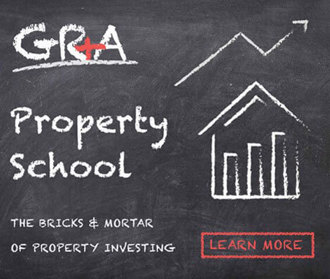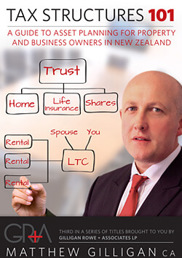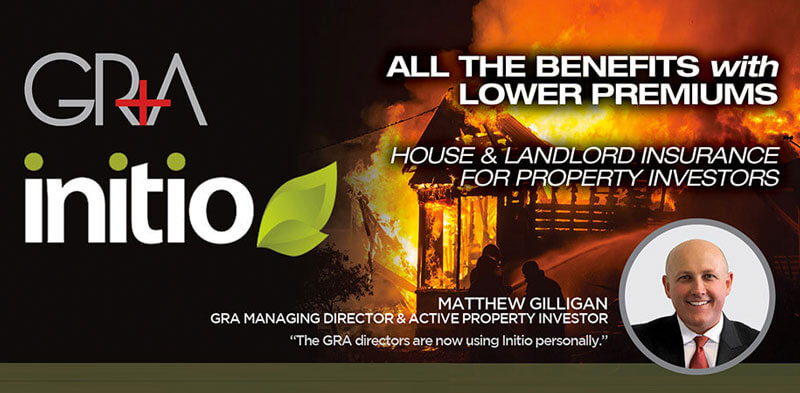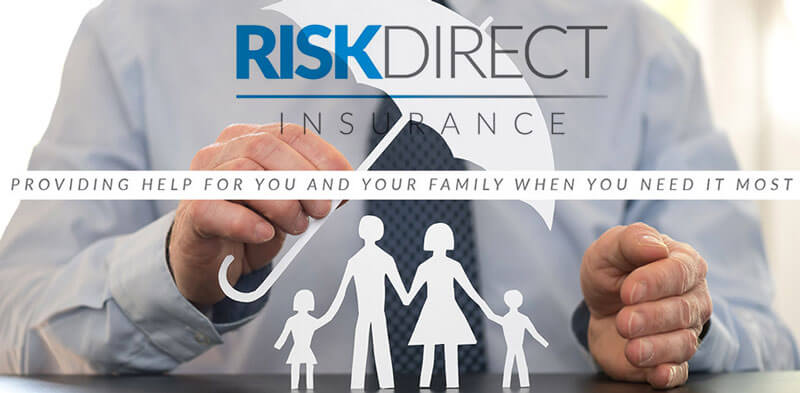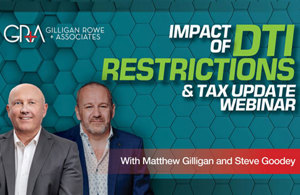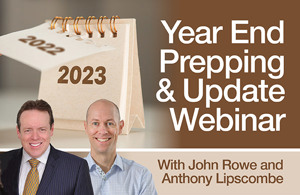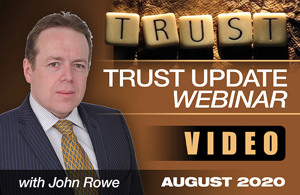
Many of our clients come to us because they are not getting advice or they are not satisfied with advice they are receiving from other accountants.
In recent times the tax changes introduced by the National Government regarding property investors have created quite a stir. These changes have presented some challenges to investors in regard to making a decision as to whether to (a) convert their LAQC (Loss Attributing Qualifying Company) to a Look-Through Company (LTC); (b) remain a QC (i.e. LAQC without ability to attribute losses); (c) revert to "ordinary" company status; or (d) migrate out of the company into individual ownership of the assets.
As a practice we have found varying levels of advice from our peers. On occasion we have been somewhat disappointed for investors with the level of advice they have been receiving, and in this vein I introduce a number of common issues which we discuss with clients that we hope will assist you in making a decision as to whether to turn your LAQC into an LTC or follow an alternative path. If any of these questions are not answered in your affairs, you are welcome to contact GRA and book a no obligation review of your LTC and get some answers to these quite tricky questions.
Quick overview of the changes – what should you be thinking about
With the introduction of the new LTC regime, LAQCs lose their loss flow-through from 1 April 2011. This puts you in a position where you will not be able to get tax refunds if your portfolio is negatively geared for tax.
In addition to losing loss flow-through with LAQCs, depreciation has been removed from buildings from 1 April 2011. For many investors that are near to breakeven cashflow in the current environment, the removal of depreciation claims on buildings will see them tax neutral - rather than producing a tax loss. For this reason, they may consider not electing to become a look-through company and instead remaining a qualifying company or reverting to ordinary company status.
Against the reduction of depreciation claims as a result of the tax changes, is the artificially low interest rate currently being enjoyed by many investors with floating interest rates near to 5.75%. The average 10-year interest rate in New Zealand is around 7.25% and investors are better to be planning for such rate in planning their long-term cashflow and tax position and when making the decision as to whether to become an LTC or not. If, for example, you currently have $500,000 worth of debt in your company/LAQC and your interest rate is 5.75%, each incremental increase in interest rates of 1% will cause you to pay another $5,000 of interest, potentially causing you to become tax negative. If interest rates spike up above the 10-year average, investors could be paying a lot more than this at certain parts of the interest rate cycle. In such a higher interest rate environment, they will be seeking to access the tax losses - and without being a look-through company they may not be able to do this.
Common advice around the country varies
It interests the writer that different practitioners in different regions in New Zealand seem to be giving different advice. In the smaller towns around the country we have seen one view prevailing that investors are better to avoid the complications of look-through companies and simply use the transition rules provided under the new legislation to move assets from company to individual ownership or partnership ownership. In our view this is short-sighted because you end up paying conveyancing costs twice. Firstly, because you need to transfer the assets physically and refinance with your banker when you make such a transition from an LAQC to individual / partnership ownership. Secondly, later when you ultimately seek asset protection over your assets, you will then need to convey the titles again to a family trust, which results in double conveyancing cost, whereas with an LTC you can simply shift the shares and avoid conveyancing cost completely.
The alternative view therefore is to simply fill in a form and send it to the IRD electing to be a look-through company. Such election magically converts your LAQC to be the new structure known as the LTC. The LTC status then allows you to claim losses as if the assets were owned individually by the shareholders. In other words, the IRD treat the LTC as being "transparent" for tax purposes and allow you to claim the tax losses - subject to deduction limitation rules. These deduction limitation rules essentially require you to have real assets exposed to the company in order to get access to your tax losses. For example, if your company is 100% financed and you have personally guaranteed the debt, in theory you should be able to get your tax losses out as you formerly did with an LAQC. However, IRD limit the deduction which you can get out of the company to being a combination of cash introduced to fund the losses and guarantees given by the shareholders to the company to support the banking facilities. If such guarantees are not supported by real assets, the deduction limitation rules may not allow the shareholder to claim all of the losses of the LTC.
I realise this sounds a bit complicated and the reality is that it is complicated - and the IRD are not forthcoming in resolving some of the uncertainties. In the end, the best I can do in terms of simplifying is to say if you fund cash losses in a company, you automatically get full flow-through of such losses. If you have losses in the company that you haven't funded, for example losses from chattels deprecation, you need to have either an existing shareholder current account to take the loss out of the company or a guarantee provided to the banker that is supported by real assets within your group. For most investors, the deduction limitation rules will not be an issue in our opinion, and therefore while rather complex to get your head around, in practical terms an LTC will provide for loss flow-through and will become the new stable investment vehicle for property investors who are negatively geared for tax, just as the LAQC was. Long-term benefit of LTCs (just as with an LAQC), is flexibility in the transfer of the owner of the asset because you can simply shift the shares of the company and thereby shift the underlying assets. For example, one spouse owns 100% of the shares of the property LTC, and enters into divorce proceedings. If that spouse chose under the divorce proceedings to transfer the rental properties to their spouse, such assets could be transferred with a share transfer rather than paying for conveyancing cost.
This gives rise to one downside of LTCs which was not there for LAQCs, that being the issue of depreciation recovered. Depreciation recovered occurs where the disposal value of an asset is greater than the book value, and such asset has been depreciated. For example, if you have claimed depreciation on buildings and chattels life to date and you transfer a rental property to another person, then where the disposal value is at least original cost you end up paying tax on the depreciation you have claimed life to date.
Moving to the LTC point, because LTCs are transparent for tax purposes, where you shift the shares of the company you are deemed to be shifting the underlying assets themselves. You therefore have a disposal for tax purposes creating the potential for depreciation recovered. This was not the case with LAQCs and is therefore a disadvantage of an LTC, but exactly the same disadvantage exists with general partnership or individual ownership of assets.
On balance, we therefore like the look-through company structure over the alternative forms of investment (being individual ownership or partnership ownership) for negatively geared investors. (By 'negatively geared' the writer means negative for tax purposes.)
Common issues we see
Advisers not looking at asset protection when transitioning assets.
When considering whether to trade as a partnership or a look-through company as two options that are commonly reviewed in the transition of LAQCs, one thing you should have your eye on is how will you protect your assets over time? The ultimate outcome you should be seeking is good asset protection structures while achieving tax efficiency. Tax efficiency looks at a number of different things, but clearly if you have got tax losses emanating from your portfolio, you need to make sure your they are accessible to the person or entity that earns the money such that you can get tax refunds and utilise the losses. While a sole trader ownership or partnership ownership of the assets directly obviously gives personal access to the losses, it does make asset protection nigh on impossible because how do you get the equity into a trust without conveying the title?
With a look-through company you can acknowledge a debt for any equity advanced to the company or recognise capital growth within the company and declare a capital dividend resulting in a shareholder current account for unrealised gains. This can then be assigned to a family trust which thereafter provides for asset protection. In other words, you can distribute the capital gain from an LTC to the shareholders, assign that to a trust and gift it into the trust to achieve asset protection over the assets, while continuing to enjoy accessing the tax losses - subject to the limitations outlined above. In this way, your legal goals of asset protection are being achieved as well as your tax planning goals of accessing the tax losses. The alternative of individual / partnership ownership does not achieve any asset protection and therefore is an inferior option in our practice's view. LTCs are much better for asset protection and provide the tax benefits.
If your adviser has given a different view and you would like to discuss this with us, CLICK HERE for an interview.
Who should own the shares?
With LAQCs a typical shareholding structure was 99/1 in favour of the higher income-earning spouse. This was common in the investment property community and allowed the payment of a shareholder salary to the homemaking spouse where that spouse was managing the rental portfolio. Such salary must be market value for work actually done and could be declared at year end. The result was the spouse receiving the salary and being subject to a lower tax rate than the spouse getting the loss from the company. A tax advantage emerged where normally the taxpayer would claim 33% tax on the salary while the homemaking spouse only paid perhaps, say, 11% on receipt of the salary.
With look-through companies, any salary paid must be subject to PAYE; shareholder salaries are not possible. Secondly, where the salary is paid to an owner of an LTC engaged in property investment or trading, such salary is non-deductible to the company (yet it is assessable revenue to the spouse). For this reason it would be ludicrous to pay a salary in such circumstances.
Where an investor does want to remunerate the work done of a spouse, they will only be able to do it and gain some sort of tax effectiveness from it where the spouse is not a shareholder in the company. Therefore we believe it will become common practice for the previous 99/1 structure to become 100% held by the working spouse and the homemaking spouse will not hold any shares whatsoever. This will enable spouse salaries paid on PAYE if the investors wish to do this, provided that it is market value for work actually done, a written employment contract is put in place and the other abovementioned factors are satisfied.
What about debt deductibility?
A common issue we see with accountants and advisers talking about choice of structure with their clients is they fail to look at the long-term issue of debt deductibility.
Common problems with debt deductibility that we see are the mixing of private debt with business debt, leading to business debt not being deductible. This becomes particularly problematic where the family home is held by the partnership alongside the rental investments. Separation of the rental investments in an LTC with the home held in a trust makes it much easier to clearly separate private and business debts, and preserve interest deductibility.
LTCs also allow you to clearly identify the cash input to the portfolio as a separate shareholder current account. In some circumstances, investors may be able to refinance private debt from their home into their LTC. Strict criteria need to be met to achieve this and we recommend taking advice from an appropriately qualified person before looking at doing this. We also note that this more difficult to achieve with partnerships and therefore another reason why you might want to go LTC instead of being in a general partnership.
Dealing with Gilligan Rowe
Many of our clients around the country have their own accountants and lawyers but use us as experts to review their affairs and make sure they have good asset protection, optimal estate plans and the most tax efficient structure. With the removal of gift duty coming up and anticipated to occur on 1 October 2011, the changes to depreciation rules and the LAQC / LTC changes, many people around the country are booking a meeting with Gilligan Rowe, and taking advantage of our very specialised practice that deals in optimising commercial structures for property investors.
If we have raised questions above that you would like to discuss with us, we would be very pleased to hear from you and invite you to contact us by CLICKING HERE.

Matthew Gilligan
Managing Director and Property Services Partner
Did you like this article? Subscribe to our newsletter to receive tips, updates and useful information to help you protect your assets and grow your net worth. We're expert accountants providing expert advice to clients in NZ and around the world.
Disclaimer: This article is intended to provide only a summary of the issues associated with the topics covered. It does not purport to be comprehensive nor to provide specific advice. No person should act in reliance on any statement contained within this article without first obtaining specific professional advice. If you require any further information or advice on any matter covered within this article, please contact the author.
Comments
Testimonials
Hi John, I just wanted to say a huge thank you for sitting down with me the other day to do the review. I learnt so much from this time with you and its really giving me some good things to consider with moving forward - Sam, October 2018
Property 101by Matthew Gilligan
Investing in residential property?
Put this at the top of your reading list.
If you're investing in residential property, seeking to maximise your ability to succeed and minimise risk, then this is a 'must read'.
Matthew Gilligan provides a fresh look at residential property investment from an experienced investor’s viewpoint. Written in easy to understand language and including many case studies, Matthew explains the ins and outs of successful property investment.
- How to find the right property
- How to negotiate successfully
- Renovation do's & don'ts
- Property management
- Case studies and examples
- and much, much more...



